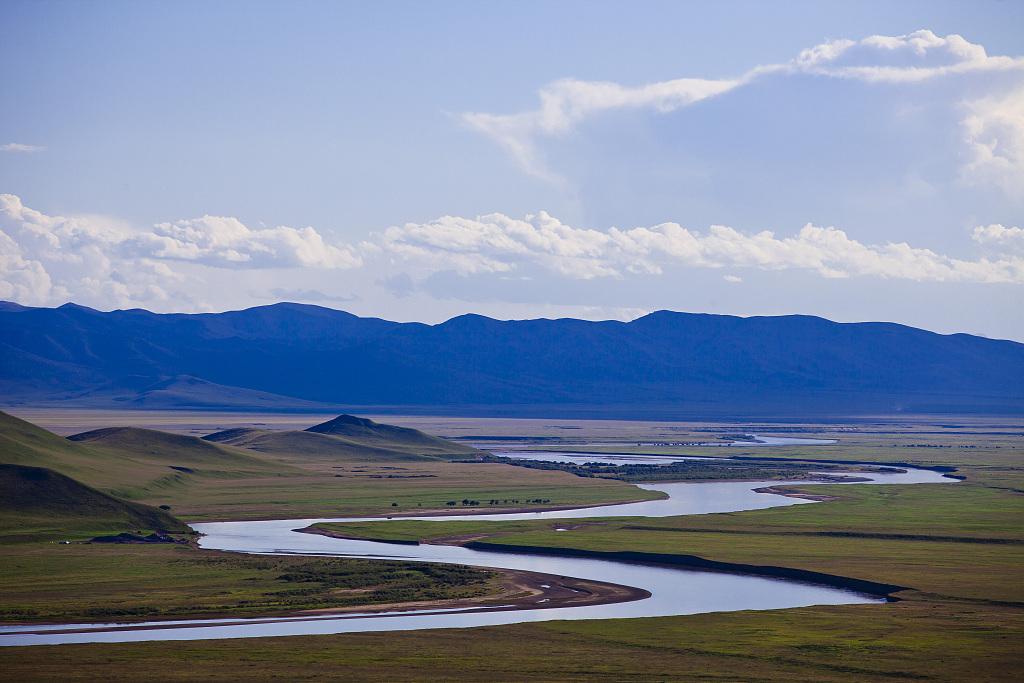Chinese researchers discovered that human activities were the dominating factor influencing the Asian dust storm 2,000 years ago, according to a new research article in
Nature Communications
journal.
The research team collected samples from an alpine lake in north China's Shanxi Province in 2009.
The lake, located on the Chinese Loess Plateau, is an ideal place to study the relations between an Asian dust storm and human activities, said Liu Jianbao, a researcher at the Institute of Tibetan Plateau Research under the Chinese Academy of Sciences and co-corresponding author of the article.
By extracting dust storm components from lake sediments, the research team reconstructed the history of the Asian dust storm for the past 2,000 years.

The Yellow River. /VCG
The results showed that the increases in dust storms coincided with a large population during strong Asian monsoon periods. By contrast, reduced dust storm activity corresponded to a decreased population.
The strengthened Asian monsoon facilitated the development of Chinese civilizations, destabilizing the topsoil and thereby increasing the dust storm frequency. This indicates that human activities, beginning at least 2,000 years ago, began to overtake natural climatic variability as the dominant control of dust storm activities in eastern China.
The findings are expected to provide scientific support for policy making of regulating human activities and afforestation in arid and semi-arid regions of northern China.
(Cover image via VCG)
(If you want to contribute and have specific expertise, please contact us at [email protected].)
Source(s): Xinhua News Agency
 简体中文
简体中文





